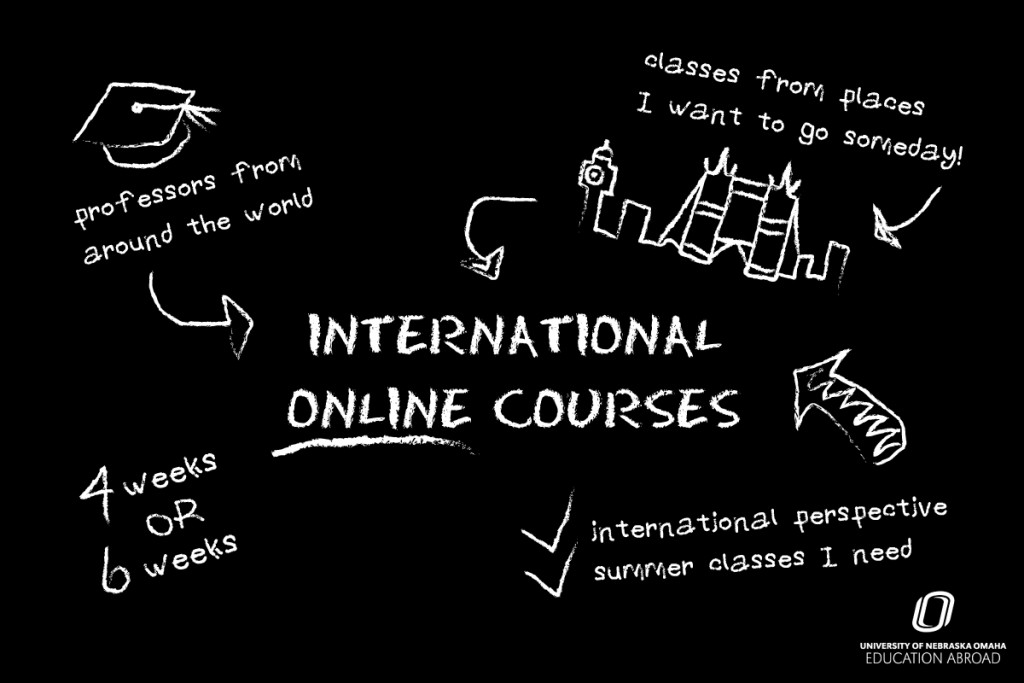~Erin Niemi
As the conversation surrounding inclusivity is discussed within the education sector, there has been consideration to address prominent heteronormativity in schools and uplift LGBTQ+ students. It has been found that students identifying as a part of the LGBTQ+ community are at increased risks to suffer from chronic stress as a result of stigma-related discrimination (Smith-Millmen, et. al, 2019) are twice as likely to miss school due to sadness and hopelessness than their non-LGBTQ+ peers (Choi, et. al 2017), and report high levels of physical, verbal, and sexual abuse on campus compared to their non-LGBTQ+ peers (Smith-Millmen, et. al, 2019). In order to confront this safety epidemic, educators have begun to explore the ways LGBTQ+ inclusive education could confront safety issues in schools, as well as begin to confront LGBTQ+ erasure and discrimination by omission in all subjects taught.
Benefits of LGBTQ+-Inclusive Education:
Although the passage of The FAIR Education Act, which states that the contributions of “lesbian, gay, bisexual and transgender” people should be included in curriculum addressing the political and social development of California and the United States was passed and implemented in 2012, fewer than 20% of LGBTQ+ students have reported that they have had positive/neutral representations of LGBTQ+ folks in the classroom (Snapp, et. al, 2015). Additionally, research has shown that LGBTQ+ related issues, topics, and people are underrepresented in the courses such as health and sexuality (Snapp, et. al, 2015), math and science (Snapp, et. al, 2015), and although more included in the fields of English, history, and government, LGBTQ+ inclusive curriculum in these areas miss several aspects that would make the curriculum more inclusive. However, when done correctly and with the intention of inclusion, LGBTQ+-inclusive makes school safer for both LGBTQ+ and non-LGBTQ+ students, and when this curriculum was implemented, students as a whole heard fewer homophobic slurs, experienced less victimization and bullying, and a reduction of prejudicial attitudes towards the LGBTQ+ community (Snapp, et. al, 2015). While LGBTQ+-inclusive curriculum lacks literature in a lot of areas (mostly due to its nonexistence), present research studying it has pointed towards its power to affirm student safety and individuality and extend inclusivity.
How Educators Have Implemented This:
While there is no present standard of LGBTQ+ curriculum, educators and teachers have implemented LGBTQ+ inclusive curriculum through the inclusion of literature with LGBTQ+ characters/authors, anti-bullying campaigns, and social justice units. By including and making available reading materials and topics towards LGBTQ+ students, as well as including them next to non-LGBTQ+ topics and literature, educators can combat the lack of representation LGBTQ+ students and educators face both inside and out of the classroom. Additionally, by integrating LGBTQ+-inclusive topics and literature in the classroom, teachers can give students a more realistic version of the global population aside from what they have traditionally heard about in school and inside their home. This way, teachers can promote lifelong learning and tolerance while simultaneously acknowledging diversity and fighting back on stigma (Batchelor, et. al, 2018).
Why Is This Important:
As LGBTQ+ students face disproportionate violence, lack of school safety, and a lack of representation in the classroom, it is important that educators consider adding LGBTQ+ inclusive curriculum within their current class material in lieu of policy passage in order to help foster school safety, inclusivity, tolerance, and reduce discrimination the LGBTQ+ community faces. By increasing LGBTQ+ inclusive content in schools, students will have a safer and more tolerant learning environment to learn in, as well as will have a better picture of the global population and all of the people within it. By including LGBTQ+-inclusive topics in the classroom, educators can also help combat discrimination by omission as well as discrimination through homophobic, transphobic, and biphobic stereotypes and prejudiced beliefs. By expanding representation, acknowledging the LGBTQ+ community, and advocating for inclusive content that reflects the world as it is, rather than through the heteronormative and cisgender lens, educators and institutions can begin to make the necessary change in order to protect LGBTQ+ youth and create education that discusses prevalent, yet often unmentioned, current issues that impact the global community as a whole.
References:
Batchelor, K. E., Ramos, M., & Neiswander, S. (2017). Opening Doors: Teaching LGBTQ-themed Young Adult Literature for an Inclusive Curriculum. The Clearing House: A Journal of Educational Strategies, Issues and Ideas, 91(1), 29–36.
Choi, S. K., Baams, L., & Wilson, B. D. M. (2017). LGBTQ Youth In Public Schools, Differences Across the State. The Williams Institute, UCLA School of Law. https://williamsinstitute.law.ucla.edu/wp-content/uploads/LGBTQ-Youth-CA-Public-Schools-Oct-2017.pdf.
Smith-Millman, M., Harrison, S. E., Pierce, L., & Flaspohler, P. D. (2019). “Ready, willing, and able”: Predictors of school mental health providers’ competency in working with LGBTQ youth. Journal of LGBT Youth, 16(4), 380–402. https://doi.org/10.1080/19361653.2019.1580659
Snapp, S. D., Burdge, H., Licona, A. C., Moody, R. L., & Russell, S. T. (2015). Students’ Perspectives on LGBTQ-Inclusive Curriculum. Equity & Excellence in Education, 48(2), 249–265. https://doi.org/10.1080/10665684.2015.1025614
Snapp, S. D., McGuire, J. K., Sinclair, K. O., Gabrion, K., & Russell, S. T. (2015). LGBTQ-inclusive curricula: why supportive curricula matter. Sex Education, 15(6), 580–596. https://doi.org/10.1080/14681811.2015.1042573


